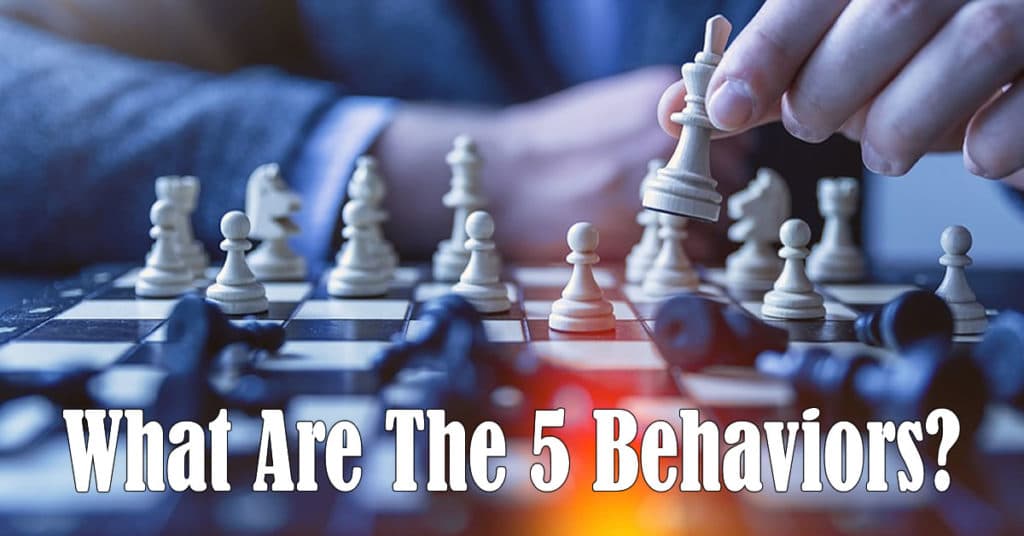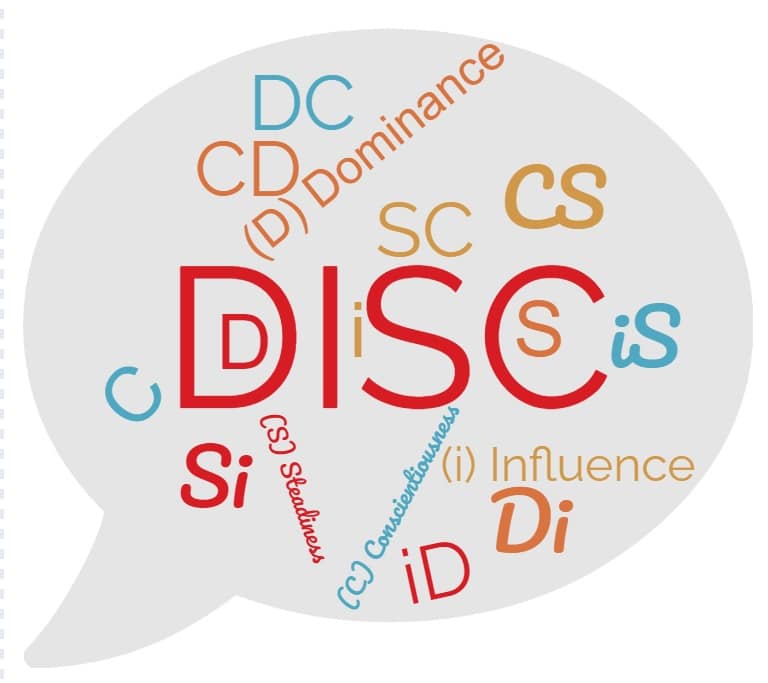Conflict can result in positive or negative outcomes. When the conflict results in negative outcomes the cost of managing that conflict rise. The effects of managing conflict poorly impact employee engagement in a negative manner. Some conflicts might go on for mere minutes, hours, days to months and multiple years.
Results of managing conflict poorly can erode trust quickly. Trust can be seen as the holy grail of team dynamics…have it…and you might be a high performing team…don’t have it…well that might create an underperforming (or under whelming) team.
What is conflict?
As defined by Webster’s dictionary conflict is:
- A fight, battle, or war
- Competitive or opposing action or incompatibles
- Mental struggle from opposing needs, drives, wishes, or external or internal demands
Why is it that some people seem to manage or handle conflict better than others? It could be they have taken conflict management courses and have improved this skill set. It could also be their internal makeup or personality that allows them to navigate conflict easier. For some personalities conflict does feel like a battle or a fight that they might prefer to ignore, skip over, or as the old cliché goes- brush conflict under the rug. Being able to identify one’s healthy behaviors and unhealthy behaviors in conflict will be useful to be able to manage conflict to a positive outcome.
Where Does Conflict Come From?
Sources of conflict can come from a variety of areas, such as:
- Different cultures and assumptions
- Different personality styles
- Differing values, opinions and beliefs
- Power struggles
- Misunderstandings
- Poor people skills, especially communication
- Volatile, fast-changing workplaces
- Limits on resources, causing physical and psychological stress
- Lack of sensitivity to race, gender, age, class, education and ability
A person might respond to conflict with destructive or constructive behaviors. A sample of destructive behaviors might include:
- Arguing- Arguing is unhealthy when it becomes about winning and losing, when the emphasis is no longer on getting at the truth or best solution, when we try to protect our ego and put other people in their place. And so, like any competition, the “best” strategy is to give up as little ground as possible to your adversary. As a result, empathy goes out the window. Amid an argument, one of the most important things is to be honest with yourself about your motivation.
- Drama- On the surface, melodrama may seem like a simple inability to rein in one’s emotions, but this behavior is not always about yelling or acting out. In essence, when we create drama, we are drawing attention to a situation that is troubling for us. This attention validates that the dilemma is, in fact, extremely important and that the injustice that’s been done to us is, in fact, extremely unjust. People may feel the need to gain the upper hand during conflict and may resort to drama as a last-ditch effort to assert oneself.
- Gossip– Gossiping can feel good for a lot of reasons. First, venting our frustrations can be cathartic. And because we tend to gossip with people we trust, they usually validate our opinion. Not to mention, it can be deeply satisfying to tear down someone who has hurt us. Gossiping can be a way to tell our side of the story and make sure our POV is heard early on. Gossiping can help rally people to your side by getting your perspective out into the world first and most convincingly. For people who are insecure about their status in the organization gossiping can create a perceived sense of authority as coworkers turn to them for inside knowledge.
- Stonewalling – When we stonewall, we make it clear to the other person that communication has completely shut down. We deliberately let them know that their behavior is so unacceptable that we are unwilling to compromise or even discuss a resolution. And although we may hate to admit it, stonewalling can be gratifying. We get to punish the other person while telling ourselves that our behavior is strong and dignified. This can become a self-preservation strategy when we feel overwhelmed by a swirl of emotions.

How to Establish Productive Conflict
Liane Davey shares “it is best to start any new project by fostering the right conflict mindset among team members.” Oftentimes, we humans have automatic thoughts and esponses that we generate during conflict, which really happen in an effort to protect ourselves. These automatic thoughts and responses might be destructive in nature, such as: you are not in charge of me, you are not hearing a word I am saying, or you are trying to blame me.
To reframe our response, we need to first step acknowledge the emotion and how those emotions might be influencing our judgment. Emotions can sometimes cloud how we see things and change our perception negatively. The goal is to reframe our response so that we manage conflict productively and not destructively.
What Drives Different Personality Styles During Conflict?
DISC is a personality theory that was created back in the 1900s by William Moulton Marston. He went on a quest to first find out how and when people were being deceptive. However, he realized in order to determine what deceptive behavior looked like he needed to understand the emotions of normal people. That research gave way to his book called The Emotions of Normal People. He found four main domains known as D, I, S, and C or dominance, influence, steadiness and conscientiousness.
While we are made up of all four of these styles there tends to be one or two styles that are the heart of how someone behaves. This author does acknowledge that DISC does NOT measure everything about personality.
The D style has no trouble relating to a direct approach. They like to take charge and have control of the conversation and may interrupt or talk over others. This style tends to assert themselves strongly during conflict.
The I style is willing to listen, however, if things get heated listening may come second to talking, which could escalate the situation. They want reassurance during or after the conflict, so they know the relationship will survive and thrive.
The S style prioritizes harmony, so there is probably nothing more they wish for than to not be in an argument with you. This style may prefer to brush conflict under the rug. This style may cave in quickly, even though they may not agree.
Someone with the C style places a priority on staying objective. Generally, emotions are eliminated from the conversation and this style tends to stick to the facts.
Program Objectives
The goal of our Managing Conflict Productively workshop is to help participants improve self-awareness around conflict behaviors and provide them with techniques to curb destructive ones. Participants will learn how to effectively respond to conflict situations by exploring DiSC® in a conflict context.
How to Resolve Conflict in the Workplace
Using a 4-hour program called Managing Conflict Productively participants improve self-awareness around conflict behaviors. Rather than focus on a step-by-step process for conflict resolution, Everything DiSC® Productive Conflict provides participants with techniques to curb destructive behaviors and effectively respond to conflict situations. The program features an exploration of DiSC® in a conflict context, provides an opportunity for participants to explore their destructive conflict responses, and offers them a method for making more productive choices in their response to conflict.
Participant Take-Aways
- Appreciate how their style of handling conflict affects the people around them
- Learn how to “catch” themselves when going down a destructive conflict path
- Learn how to reframe a conflict situation and choose more productive behaviors
- Build a common language in the organization around appropriate conflict behavior
Workshop Components
Module 1: DiSC in Conflict
Participants discover how DiSC styles affect their own and others’ conflict behaviors. 90 minutes.
Module 2: Destructive Responses
Participants learn how their thoughts can conflict behaviors and what thoughts and behaviors might be typical for them. 50 minutes.
Module 3: Changing Your Response
Participants learn how to “catch” and reframe their thoughts, which can help them choose more productive behaviors in conflict. 90 minutes.
Optional Module: DiSC Conflict Map
Participants identify both productive and destructive behaviors for each DiSC style.
Optional Module: Comparison Report
Participants learn about the Everything DiSC® Comparison Report and how it can help them improve their relationships with others.
Additional Resources
Comparison Reports
Inspire effective collaboration with Comparison Reports. Any two participants can explore their similarities and differences, potential challenges in working together, and practical tips for improving their working relationship. These reports are complimentary.
Team View Report
With no limit to the number of participants included, this report gives you an at-a-glance view of a group of participants and their individual Everything DiSC maps. This report is complimentary.
Group Culture Report
Determine the group’s DiSC culture by exploring its advantages and disadvantages, impact on group members, and influence on decision- making and risk-taking. Sold separately.
Conclusion
If you are looking to enhance your mindset and create a productive response to conflict we highly recommend using Cooper Consulting Group’s Managing Conflict Productively. Participants will not only enhance their own self-awareness, yet they may become more aware of how they react during conflict. Using a real-life scenario will enhance the application of this workshop to be a very practical, hands-on and useful session.




